It’s been a while since we’ve had a ladies watch on the blog so let’s have a look at this quirky Orfina.
(Click pictures to enlarge)
Orfina was founded in Grenchen, Switzerland in 1922 but considering that’s almost 100 years ago there is hardly any information about the company available online. The highlight in their history and perhaps the main reason why Orfina are a recognisable brand, is their collaboration with Ferdinand Porsche to develop the first ever Porsche Design chronograph in 1972.
One of the first watches ever sold with a black PVD coated case and bracelet it is one of the classic vintage chronographs and has been widely emulated. As well as being sold to the public the same model was subsequently issued to military personnel in both PVD and stainless steel cases but with different dial text. That model is now commonly referred to as the ‘Orfina Military’ or ‘Orfina Bund’. (Trivia alert: Tom Cruise wore the PVD version in the movie Top Gun).
The watch in this post dates to the 1960’s when Orfina had a few unusual watches in their line-up. The Golden Flame range had several quirky models including a men’s automatic version of the watch in this post, albeit with the asymmetric case shape the other way around.
The real standout however has to be the Golden Flame Twin Special, a dual time watch, not with an additional hand but with a second dial.
The watch had two separate automatic movements, both with date and their own crown and was available in a number of dial colours (metallic green, silver and bronze). Using two 17.2mm (7.75 ligne) ETA cal. 2671 high-beat automatic movements, the size could be kept down to a modest 44mm in diameter.
The watch in this post is not quite so technically interesting but is rather unusual in its case design. What isn’t clear from the pictures is that the watch is 40mm in length and as the lugs are mounted on the lower half of the case, the watch naturally cantilevers away from the wrist when worn – in short, it sticks out and could easily “have someone’s eye out”, so minimise the chance of injury (or being more realistic, to prevent it snagging on clothing) the case has an additional screw to secure the “pointy end” of the case to the strap.
However, as can be seen below, one flaw in this design is that the screw passes right through the caseback and allows moisture to creep through onto the tip of dial. As this watch has no gaskets there is little to prevent moisture from entering the case anyway, so I was pleased to see that the dial damage was minimal. I was pleased too that the crystal was intact and had no chips or cracks as finding a replacement would have been difficult.
Inside is an Orfina branded A. Schild cal. 1977. The watch arrived fully wound but showing no sign of life, this time the problem being a broken escape wheel pivot. With a new part sourced, along with a new mainspring, the rest of the movement service was straight forward.
The case was then cleaned, the crystal polished and a new crown fitted to replace the tired original. One last problem to solve was the strap. As you can see in the caseback picture above the lug sizes are mismatched on this watch, the lower one is 16mm and the upper only 12mm.
As original straps are no longer available I had to order two straps, one in each size and then reshape the 16mm end to taper down to 12mm fit through the buckle, not forgetting of course to secure the case to the strap with a new screw.
Rich.

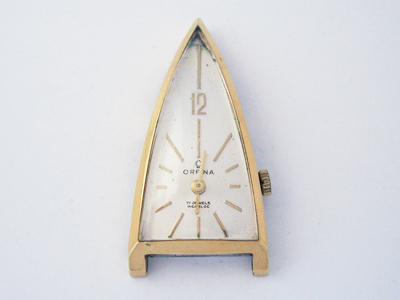
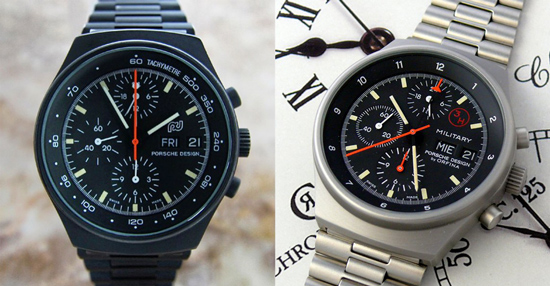
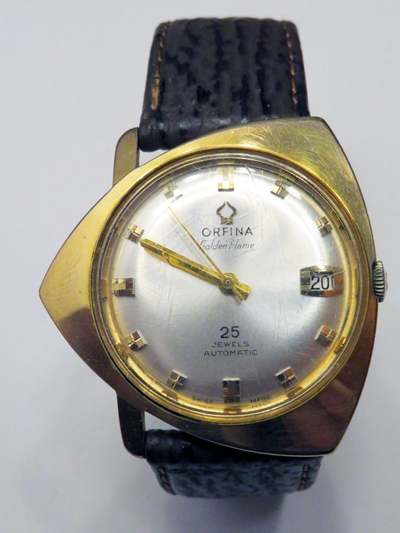
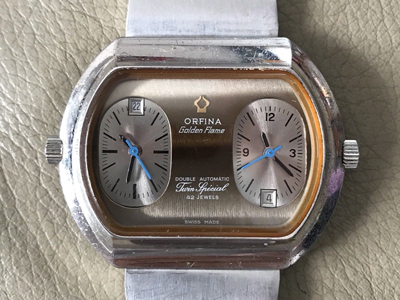
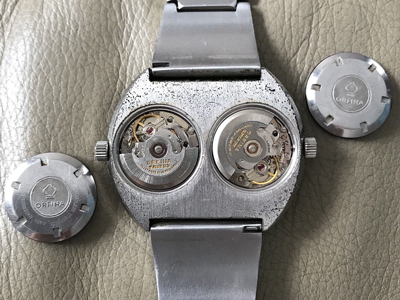
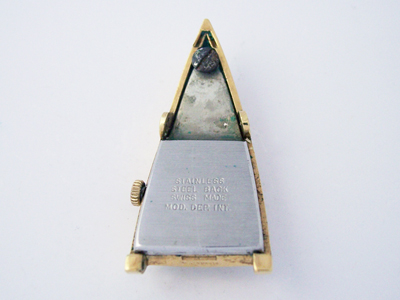
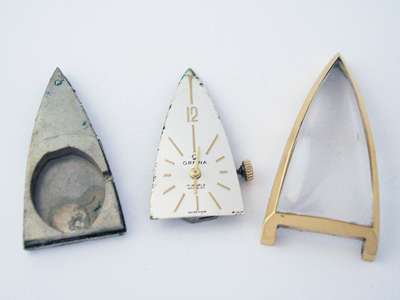
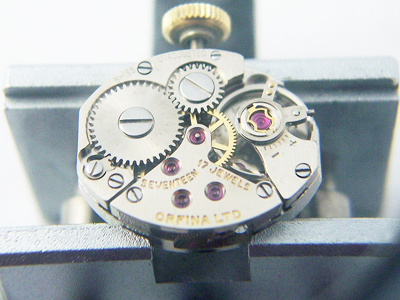
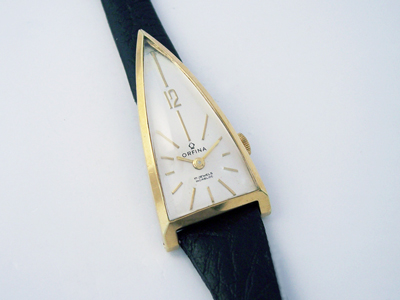
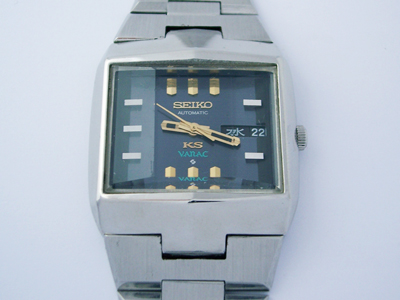
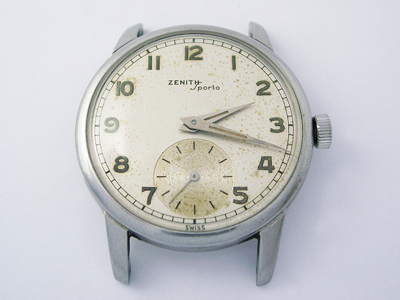
I have a fully working watch with original brown leather strap, it was serviced last year.
I might sell as I don’t see the point of it being not used and in the draw.
I think it’s too nice not to be stored away,